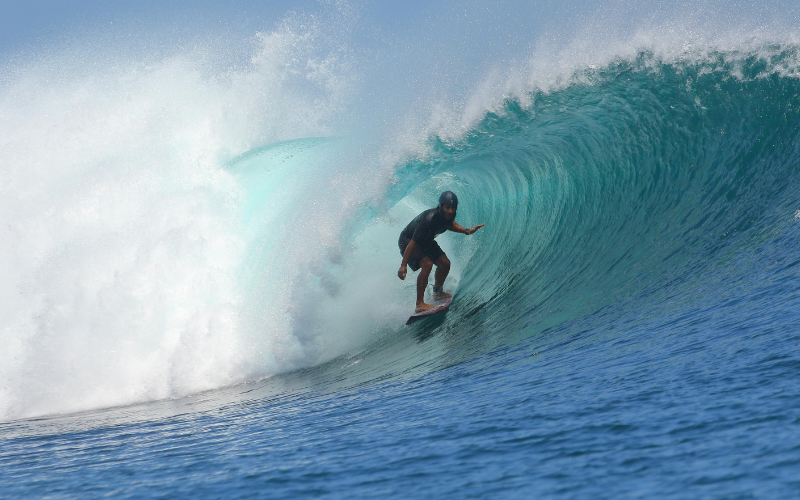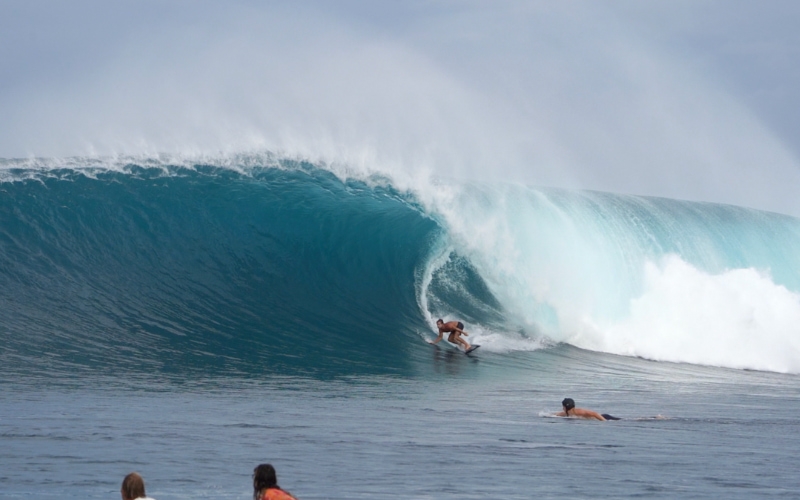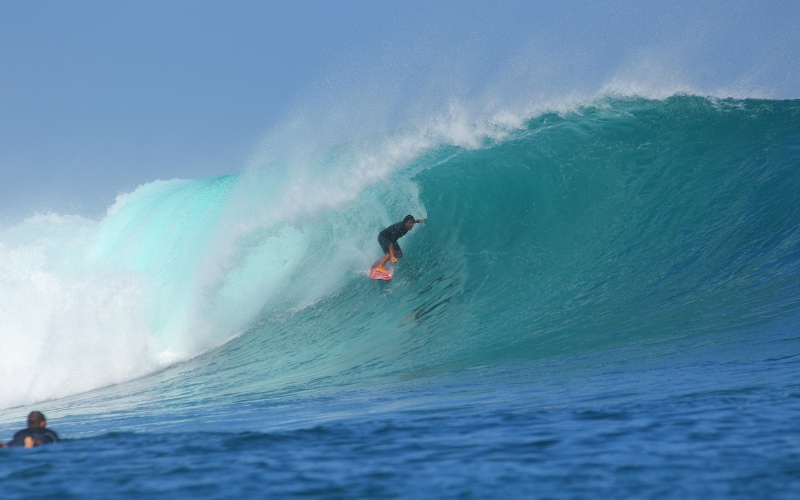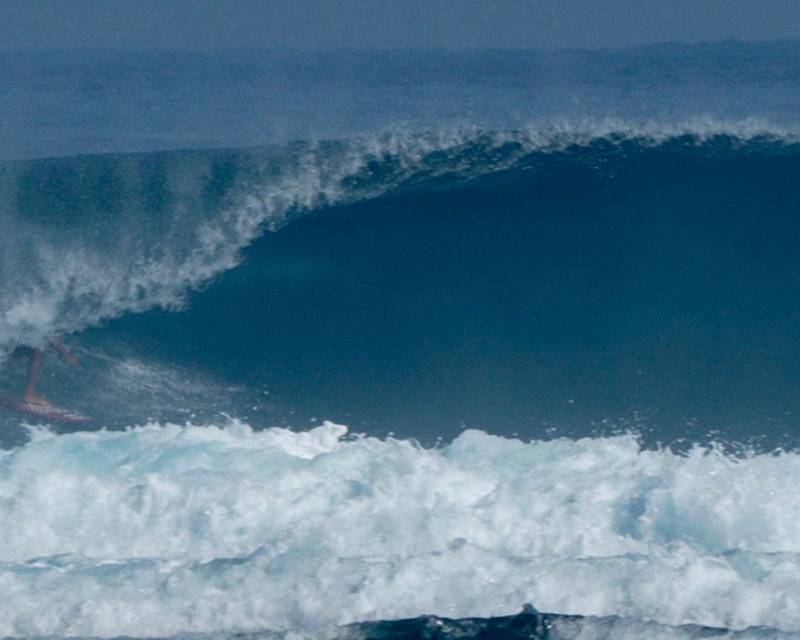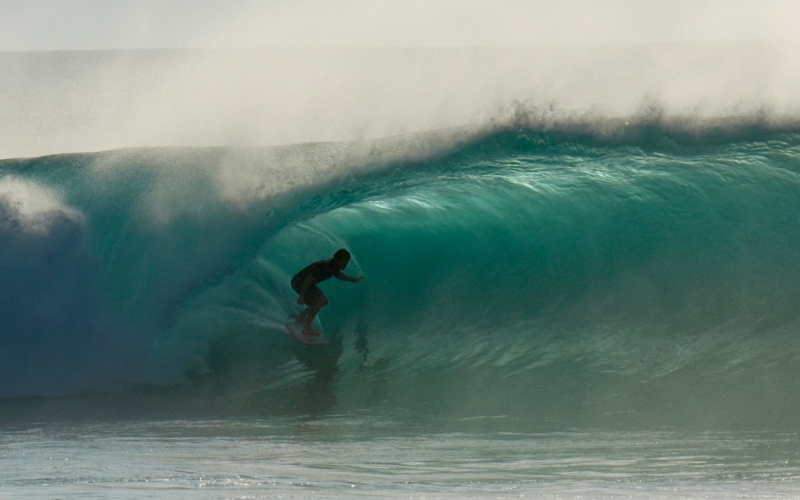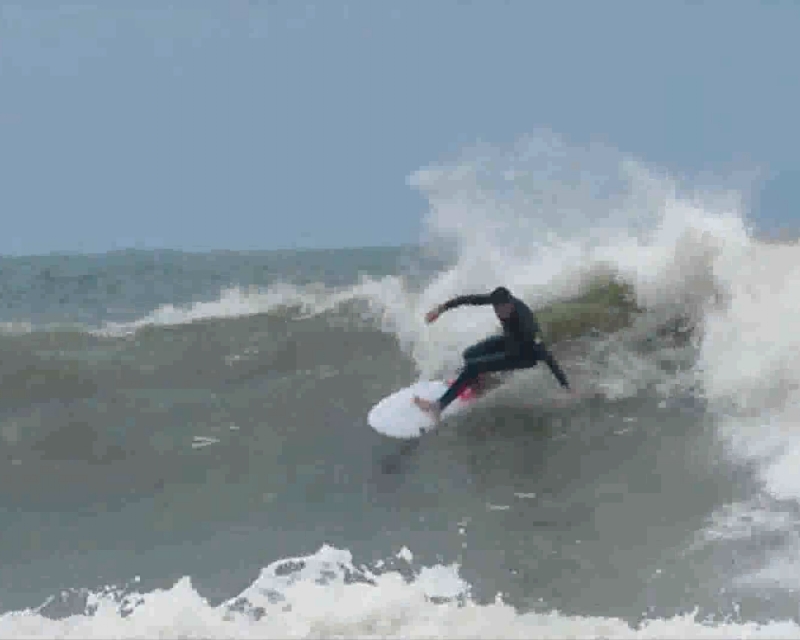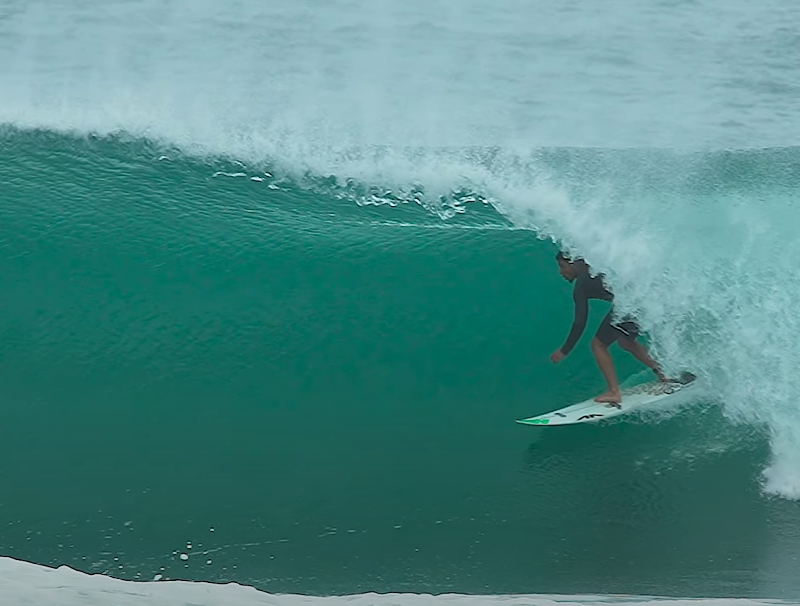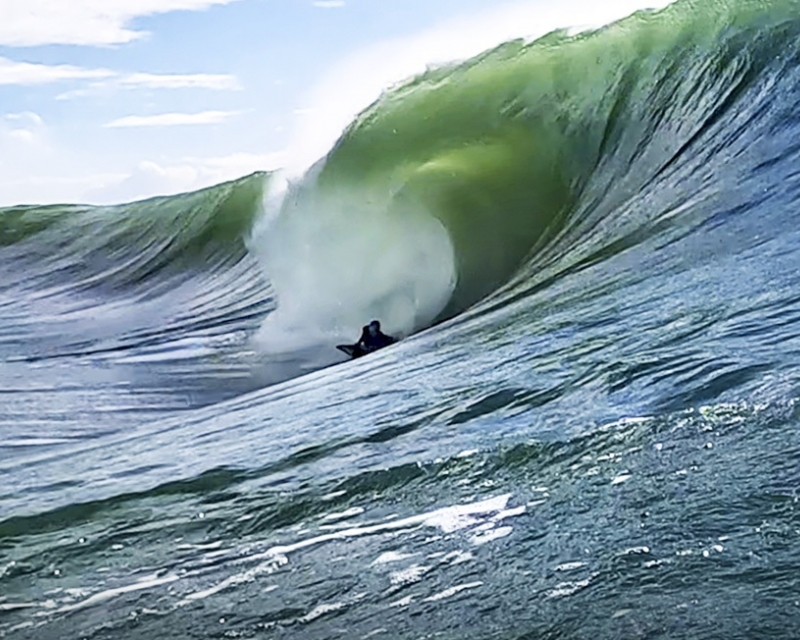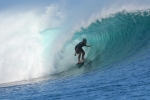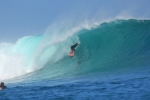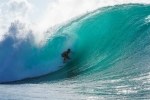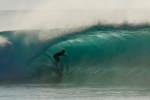Why Surfing is One of the Best Cardiovascular Exercises
Surfing is one of the best ways of cardiovascular exercises, and relieves the impact on the knees, hips and back that happens in a race.
21/Mai/2017 - Shane Carpenter - WATER'S EDGE PT & WELLNESS - Califórnia - Estados UnidosWhat other low impact sport allows you to keep your heart rate between 65% and 85% (or more) in target heart rate zone for hours with a huge smile on your face? For me, personally, there is no way I could run, ride a bike or swim for long periods of time and with the same 'mocking' factor. Of course, this can be debated by many people.
Curiously, there is a current shortage of research that examines what happens physiologically to our bodies when we surf. Some researchers, such as Oliver Farley, who is working on his PhD in surf science in Australia, have examined the physiological profiles of competitive surfers.
Recently Water's Edge Therapy and Wellness connected with Sean Newcomer, PhD and Jeff Nessler PhD, to discuss which surf studies they are working at California State University in San Marcos. Last summer, the two teachers implemented several studies which aim the physiology and biomechanics of surfing. One of the largest surfing studies (600 people) currently being conducted, it examines heart rate response during surfing on recreational surfers, between the ages of 20 and 70. Other studies focus on balance, leg control, and maximum VO2 (the body's maximum ability to carry and metabolize oxygen) on recreational surfers.
Water's Edge Physical Therapy and Wellness decided to also take a look at the heart rate response last summer, while surfing a longboard in water at 68°F on a day with 2 feet waves. Although no scientific study was completed, general data showed that when paddling or surfing, heart rate ranged from 65-85% of predicted maximum heart rate (using the Karvonen formula) on a small, warm day.
What are the implications for surfing in cooler conditions and in bigger waves when adrenaline is on the rise? Generally, you can expect your heart rate to be higher for long periods of time.
The American Heart Association recommends that adults do 30 minutes of moderate exercise five days a week or 25 minutes of vigorous exercise three days a week, and two days of strengthening. That said, I'm sure surfing qualifies for the first two of these guidelines. In addition, you could argue that if you are exercising at maximum cardiac frequency and intensity for long periods of time, it would be well-balanced to do lighter exercises on alternate days to avoid overuse of your left ventricle.
So what's the message to take home? Surfing is a great cardio workout. Score. If at any time you are not feeling motivated and find it difficult to get into your wetsuit, consider only the benefits of simply paddling out, even if the wind is blowing, or the waves are small, or ______________ (insert your favorite excuse here). If you are injured or have trouble getting back on the water, or would like to know more about the surf studies that are happening, send an email to info@watersedgetherapy.com and we will help you get back out there.
